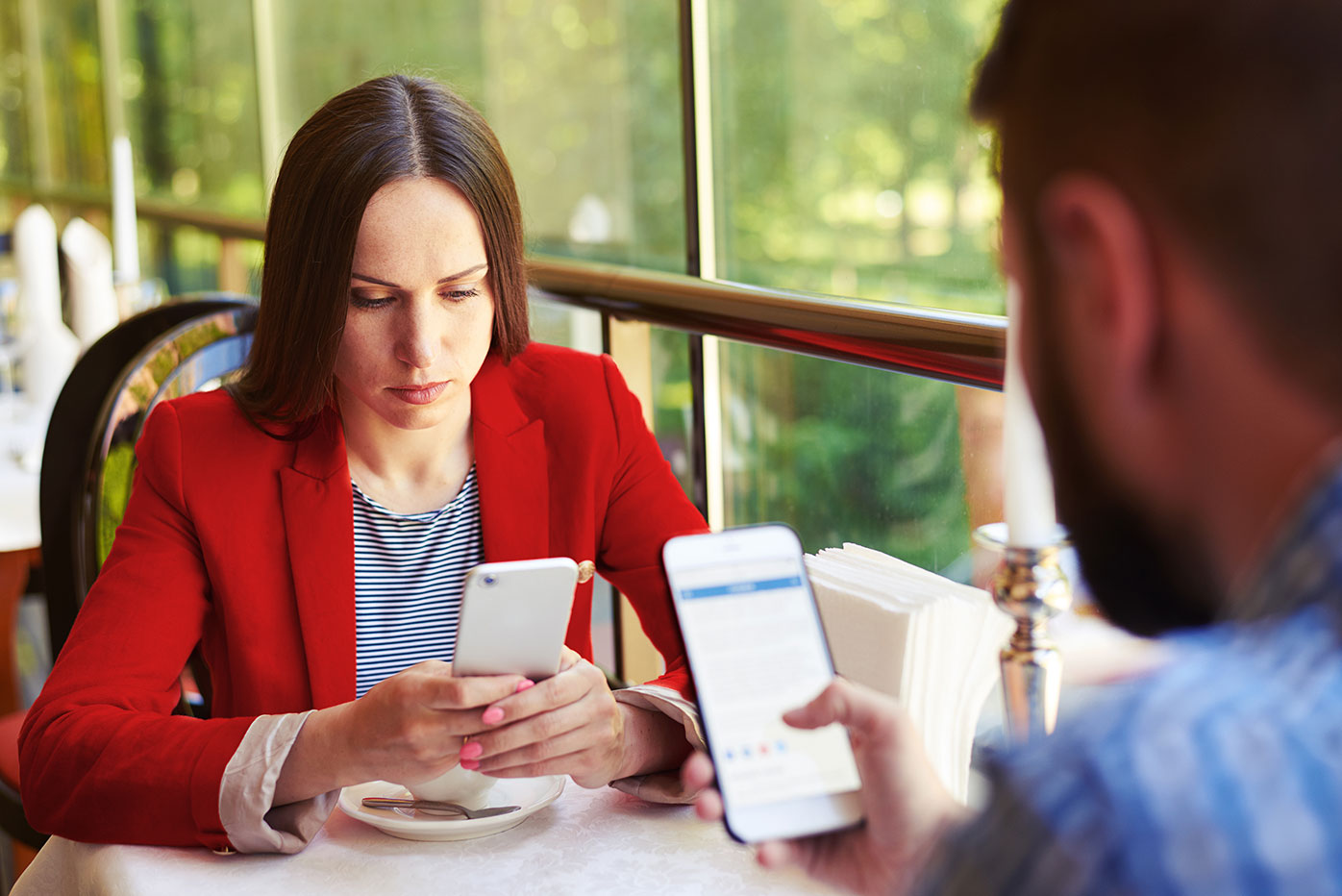Smartphones and addictive behaviors
Should excessive phone use be considered an addiction?
According to the Diagnostic and Statistical Manual of Mental Disorders (DSM-5-TR), addiction falls under the category of substance use disorder (SUD) and is characterized by a compulsive pattern of substance use despite harmful consequences. The DSM-5-TR does not use the term “addiction” explicitly but outlines the criteria for SUD based on behavioral, cognitive, and physiological aspects. These include impaired control, social impairment, risky use, and pharmacological criteria (tolerance and withdrawal).19
Although gambling disorder is the only officially recognized non–substance-related addictive disorder in the DSM-5-TR, researchers have suggested that other behaviors done in excess, such as internet gaming, shopping, pornography, sex, exercise, and phone use, may also be formally classified as addictive behaviors in future editions, pending further research evidence.20
People can develop a non–substance-use behavioral addictive disorder (e.g., problem gambling) through their smartphone. Problematic smartphone use is sometimes classified as a form of behavioral addiction, where users exhibit symptoms such as craving, withdrawal, and tolerance.21
By The Numbers
A recent survey from Reviews.org22 indicates these phone use patterns:
- Americans spend 4 hours, 25 minutes each day on their cell phones.
- Americans check their phones 144 times per day.
- 89% say they check their phones within the first 10 minutes of waking up.
- 75% feel uneasy leaving their phones at home.
- 75% check their phones within five minutes of receiving a notification.
- 60% sleep with their phones at night.
- 55% say that they have never gone longer than 24 hours without their cell phones.
- 47% of people say they feel a sense of panic or anxiety when their cell phone battery goes below 20%.
- 46% use or look at their phones while on a date.
- 27% use or look at their phones while driving.
A study found 76% of 3,534 internet users aged 12-77 experienced more than five of 23 phone addictive behaviors. Overall, 46% of the study participants suffered from feelings of depression, 70% from levels of anxiety, and 14% from some form of sleep disturbance.5 A larger study reported that approximately one-third of people around the world may be at a high risk for smartphone addiction, with younger women and people in parts of Asia more likely to report problematic use.23
While not currently described as such, the DSM-5-TR criteria for diagnosing non-substance use addictive disorders provide a structure for further research into whether some patterns of excessive smartphone use may be best described as an “addiction.”21 For example:
- Craving and compulsive use – Individuals with excessive phone use feel an uncontrollable urge to check their phones frequently, even when it interferes with daily activities or relationships. This behavior can resemble compulsions seen in SUDs.
- Loss of control – An inability to reduce phone use is common. Users may plan to check their phones for a minute but find themselves scrolling for hours.
- Tolerance and escalation – Over time, individuals may need to spend more time on their phones to achieve the same sense of satisfaction or relief. The constant use escalates, much like substance users developing tolerance and requiring more of a drug to achieve the same effects.
- Withdrawal symptoms – When phone access is limited, individuals may experience anxiety, irritability, restlessness, or distress. This mirrors withdrawal symptoms seen in SUDs.
- Interference with daily life – Excessive phone use can disrupt normal functioning in social interactions, work, and academic performance and can impact sleep and physical health (e.g., eye strain, headaches, and poor posture).
- Mood modification – Like other addictive behaviors, phone use can serve as a coping mechanism to alter mood. Users may turn to their phones to escape stress, boredom, loneliness, or depression, leading to a cycle of reliance.
- Salience – Excessive phone use can become a dominant activity in life, with users prioritizing phone engagement over other important activities, such as exercise, spending time with loved ones, or pursuing hobbies.
- Psychological and social impact – Constant notifications and multitasking can affect cognitive functioning, reducing attention span and impairing memory. Overuse of phones often leads to neglect of real-life relationships, creating a sense of isolation even when surrounded by others. Research links excessive phone use, especially social media consumption, with heightened anxiety, depression, and feelings of inadequacy.





